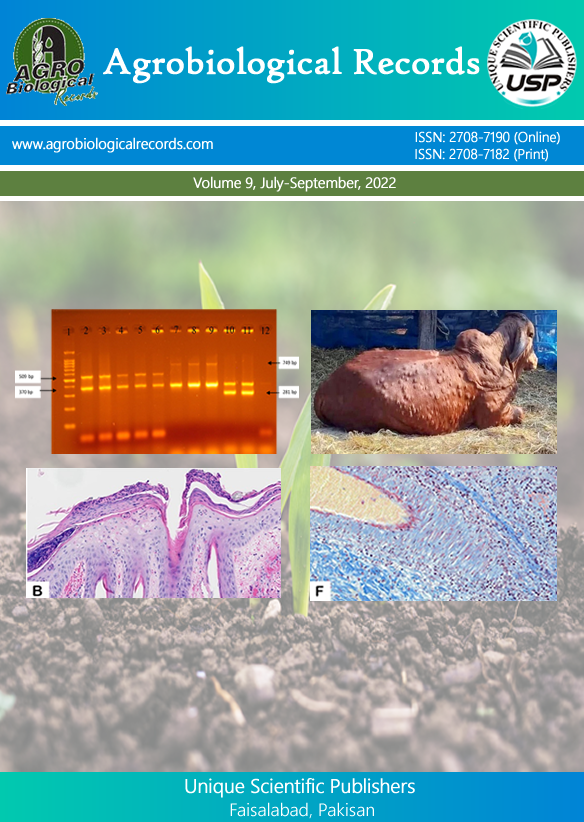
Laiba Ali1*, Farooq Ahmed1, Muhammad Babar Khan2, Sikandar Bashir1, Zunaira Nazli3*, Sabina Tariq1, Muhammad Waqas4 and Mazhar Hussain Baloch5
1Institute of Soil and Environmental Sciences, University of Agriculture Faisalabad, 38040, Punjab, Pakistan 2Department of Environmental Science, Government College University Faisalabad, 38000, Punjab, Pakistan 3Department of Botany, University of Agriculture Faisalabad, 38040, Punjab, Pakistan 4Chemical Engineering Department, University of Engineering and technology, Lahore. 5Institute of English Language and Literature, University of Sindh Jamshoro
*Corresponding author: laiba.ali204@gmail.com; zunairanazli804@gmail.com
A comprehensive study was conducted to investigate the factors contributing to the proliferation of dengue in the Faisalabad district of Pakistan. The research focused on analyzing demographic parameters through an examination of dengue hotspot areas and assessing the impact of climatic factors on the spread of dengue infection. To establish the relationship between dengue infection and climatic factors, various data extraction approaches, statistical analyses, and GIS mapping techniques were employed. The study covered the epidemic period from 2013 to 2019. Pearson correlation coefficients for temperature, relative humidity, and precipitation were calculated to understand the correlation between climatic factors and dengue cases. The analysis revealed that the highest number of dengue cases occurred in Tehsil Faisalabad city during the post-monsoon season, specifically from September to November, with the peak in October reaching 63 cases. This finding indicated a direct correlation between dengue-infected cases and population density. The correlation coefficients between dengue-infected cases and climatic factors (temperature, rainfall, and relative humidity) in district Faisalabad from 2014 to 2019 were 0.58, -0.421, and -0.364, respectively. These values demonstrated a 58% positive correlation between dengue cases and temperature, a negative 43% correlation between rainfall and dengue cases, and a 36% negative correlation between relative humidity and the number of dengue cases. The relationship between climatic variables and dengue cases was found to be complex. While an increase in temperature was associated with higher dengue transmission, the other two variables (rainfall and relative humidity) showed a decrease in dengue transmission potential. This complexity explains the inconsistent statistical correlation between climate and dengue. This research provides valuable insights and future projections for analyzing the climatic influence and conducting epidemiological analyses of dengue infection in the region.